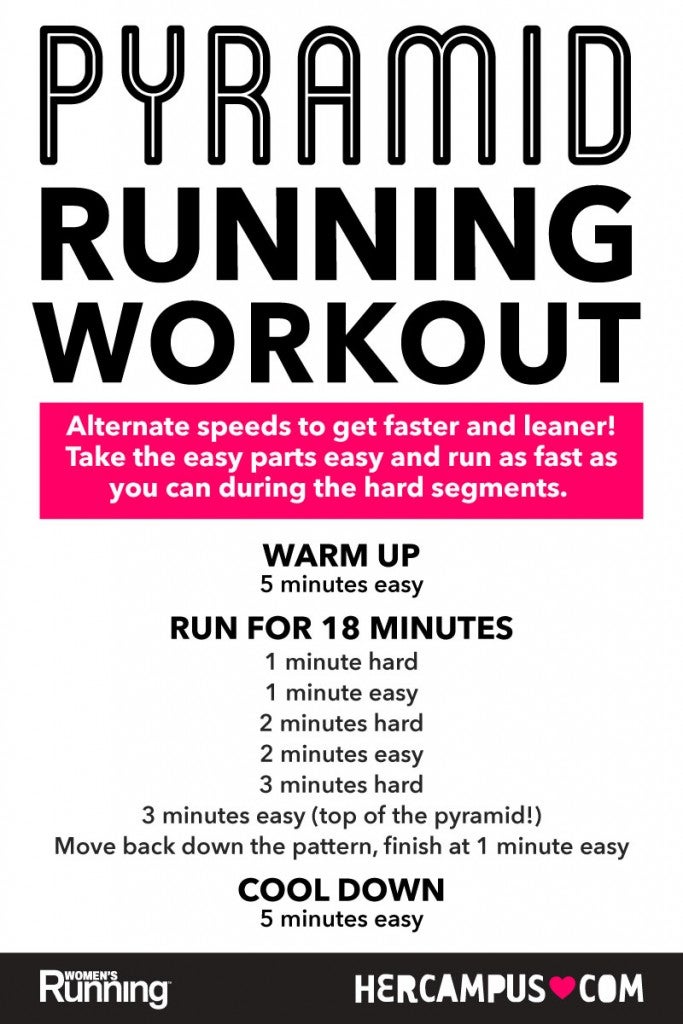The Ultimate Overview to Dealing With Discomfort When Running
Whether you are an experienced marathoner or simply starting your running trip, comprehending the numerous kinds of pain that can arise and the strategies to resolve them is crucial. From pre-run warm-up regimens to correct footwear selection, there are numerous variables to think about when it comes to dealing with pain while running.

Recognizing Various Sorts Of Running Discomfort
When running, it is necessary to compare various sorts of discomfort to protect against injuries and make best use of efficiency (Read More). One common kind of discomfort that runners may experience is muscle pain, which commonly develops from the anxiety placed on muscles throughout exercise. This type of discomfort is commonly a typical part of the running procedure and can be handled through correct warm-up, cool-down, and stretching regimens
Another kind of pain to be conscious of is joint discomfort. Joint pain can indicate concerns such as overuse, incorrect form, or underlying problems like arthritis. Neglecting joint discomfort can bring about a lot more severe injuries, so it is vital to deal with any type of discomfort quickly and perhaps seek specialist advice.
Furthermore, sharp or stabbing discomforts need to not be disregarded. These kinds of pain can indicate intense injuries such as strains, sprains, or anxiety cracks - running workout. Proceeding to go through these sorts of discomfort can intensify the injury and lengthen recovery time

Pre-Run Workout and Extending Regular
To prepare the body for a running session, carrying out a reliable pre-run warm-up and extending routine is necessary. A correct workout aids raise blood circulation to the muscular tissues, boosts adaptability, and lowers the threat of injury throughout the run. Start with vibrant stretches like leg swings, arm circles, and high knees to slowly increase your heart rate and loosen up the muscles. Dynamic stretching aids resemble the activities you'll be doing while running, preparing your body for the task in advance. Follow this with fixed stretches concentrating on major muscle groups such as the hamstrings, quadriceps, calf bones, and glutes. Hold each go for concerning 15-30 secs without bouncing to advertise muscular tissue relaxation and flexibility. Remember to pay attention to your body and readjust the strength of your workout based on your health and fitness level and any kind of pre-existing problems. By integrating a regular pre-run workout and stretching regular right into your running program, you can optimize efficiency and lessen the danger of pain or injury.
Appropriate Shoes Choice and Fit
Selecting ideal footwear that fits well is crucial for runners to prevent pain and reduce the danger of injuries. Uncomfortable shoes can bring about blisters, black nails, shin splints, and other unpleasant problems that can impede performance and sideline training. When selecting running footwear, it is necessary to think about factors such as foot kind, running stride, arch support, padding, and shoe dimension. running workout. Checking out a specialty running store for a stride analysis and expert fitting can aid ensure that you choose the right footwear for your private demands. Running shoes must offer ample support and stability while likewise being comfy and lightweight. In addition, it is suggested to change your operating shoes every 300-500 miles to maintain appropriate padding and support. Purchasing high-quality footwear that is proper for your running design and foot anatomy is a proactive action in the direction of stopping pain and injuries throughout your runs.
Nourishment and Hydration Tips for Discomfort Avoidance
:max_bytes(150000):strip_icc()/effective-30-minute-running-workouts-2911891-0927-70272e09ac83449cadb9f1ce51656c0c.jpg)
Hydration is equally vital for runners to stay clear of cramps, dehydration, and other discomforts that can bring about pain throughout running. It is advised to consume an adequate quantity of water throughout the day and specifically previously, throughout, and after running sessions. Electrolyte-rich beverages or sporting activities beverages can also be helpful for replenishing shed minerals and keeping proper liquid equilibrium. running workout (Read More). By prioritizing nourishment and hydration, runners can improve their performance, lessen discomfort, and take pleasure in a more comfy running experience.
Post-Run Recuperation Techniques to Relieve Discomfort
Implementing efficient healing strategies is important for relieving pain and promoting muscular tissue recovery after running sessions. One essential post-run recuperation strategy is stretching. Including fixed stretches for major muscle mass teams can help in reducing muscle tension and discomfort. Foam rolling is an additional advantageous method to launch muscular tissue rigidity and boost blood circulation to the muscular tissues, aiding in quicker healing. Furthermore, icing aching locations for 15-20 mins can aid lower swelling and numb discomfort post-run.
Moisturizing effectively post-run is critical for restoring liquids lost during exercise and assisting in muscular tissue recuperation. Taking in a well balanced snack or meal that consists of healthy protein and carbohydrates within thirty minutes of completing a run can help repair muscle cells and restore power stores. Additionally, obtaining sufficient remainder is important for enabling the body to repair and enhance muscle mass. Integrating energetic healing activities such as light walking or swimming can likewise assist promote blood circulation and minimize muscular tissue stiffness - Read More. By integrating these post-run recovery methods right into your routine, you can successfully manage discomfort and maximize your running efficiency.
Verdict
In verdict, attending to different sorts of running discomfort with proper workout, stretching, shoes choice, nutrition, hydration, and post-run healing techniques is essential for discomfort prevention and monitoring. By comprehending the root causes of discomfort and implementing these approaches, runners can minimize discomfort and possible injuries. It is vital to prioritize total physical health and wellness and well-being to make certain a successful and delightful running experience.